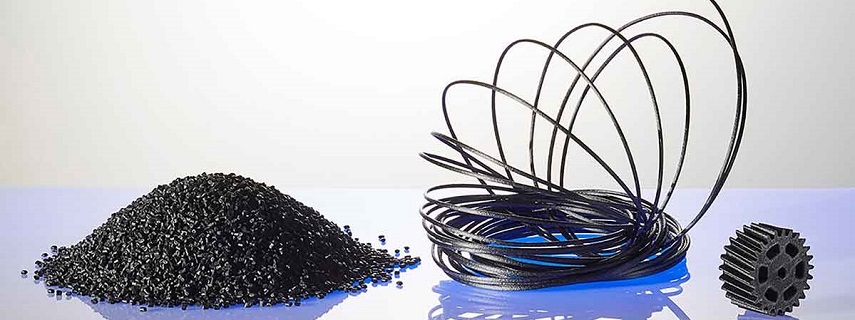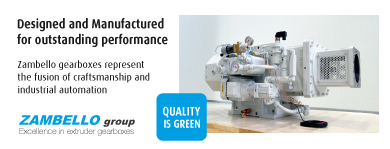Carbon nanotubes for 3D printed sensors
Spin-off of Lati, Lati3Dlab is dedicated to engineering and manufacturing of special thermoplastic compounds suitable for FDM 3D printing. Among recently developed grades, electrically conductive materials have met successful applications in printing of conductive devices used in medical, electronics, robotics and sensor technology. Thanks to carbon nanotubes and structured carbon black, electric resistivity of PLA-based plastic materials has been dropped below 10 ohm, a value much closer to metals than polymers, offering at the same time an outstanding homogeneity and isotropy of electrical properties. This result was achieved by fine tuning the formula of the material and seeking the best compromise between conductivity and filament flexibility.
Actually, an extremely conductive filament would be too brittle because of the amount of carbon particles added to the polymer matrix therefore coil winding would be severely hindered. For this reason, an elastomer was dispersed in the PLA resin where structured carbon black and multiwall nanotubes had been compounded. Selecting the best performing elastomer required multiple trials and the best result, i.e. high conductivity and filament flexibility at the same time, was achieved by the mean of an optimal extrusion technique and presumably by some phase segregation as well. The latter phenomenon should help to concentrate conductive fillers in one of the two non-compatible polymeric phases and may be observed also by a rapid improvement of electrical conductivity measured on moulded specimen.
This technology was used to create the Alfaohm filament sold by Filoalfa. Alfaohm has been used by Jesús E. Contreras-Naranjo’s equipe, working by the Instituto Tecnológico y de Estudios Superiores de Monterrey to 3D print a conductive sensor to be used in true point-of-care medical applications. After adequate surface treatment and activation of exposed carbon structure, this sensor was able to transport electrical signals coming from an electroanalytical sensing device used to detect the presence of specific chemical substances. Details concerning the manufacturing process and test results are published on Electrochemistry Communications 130 (2021) 107098.




















